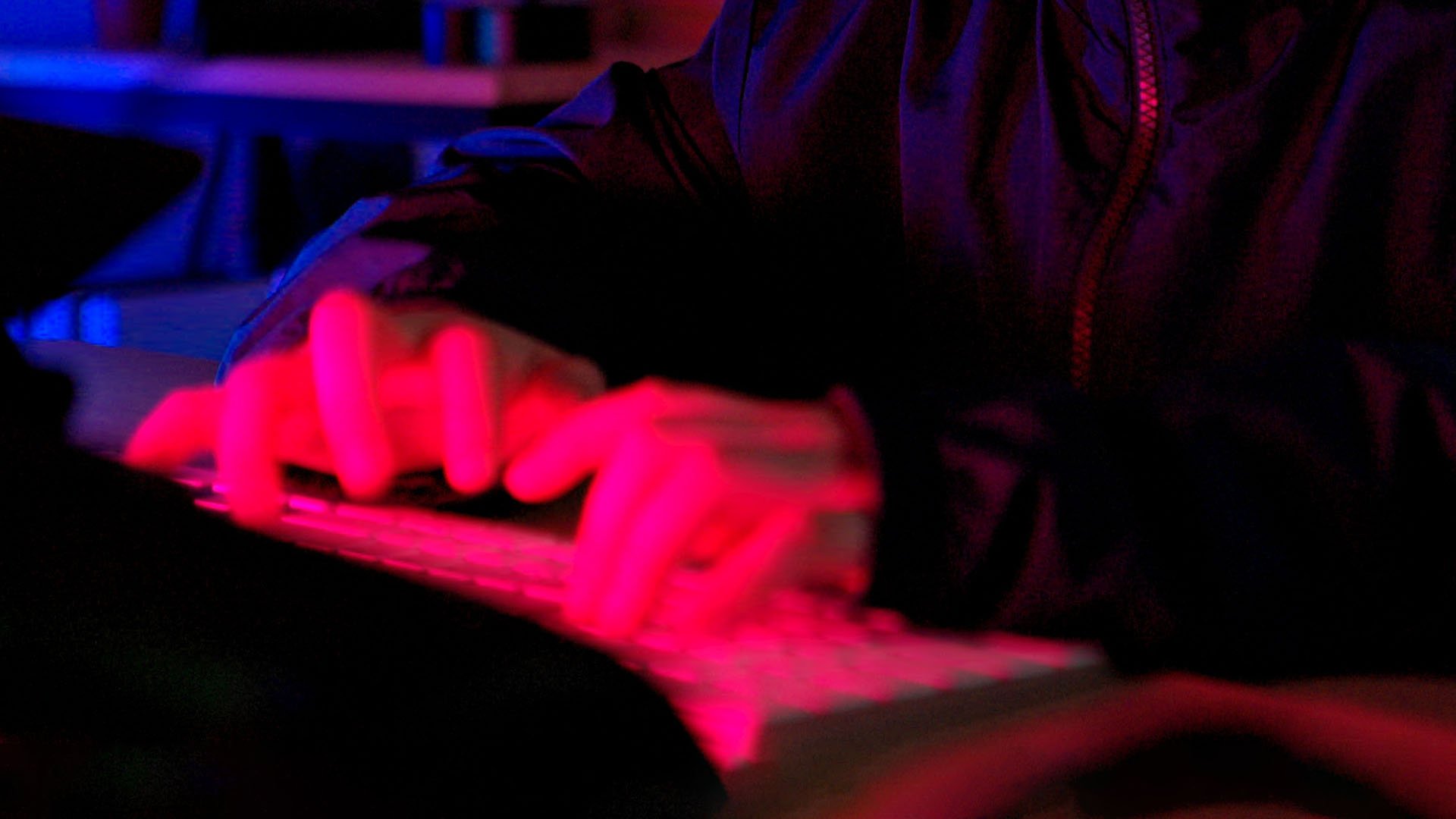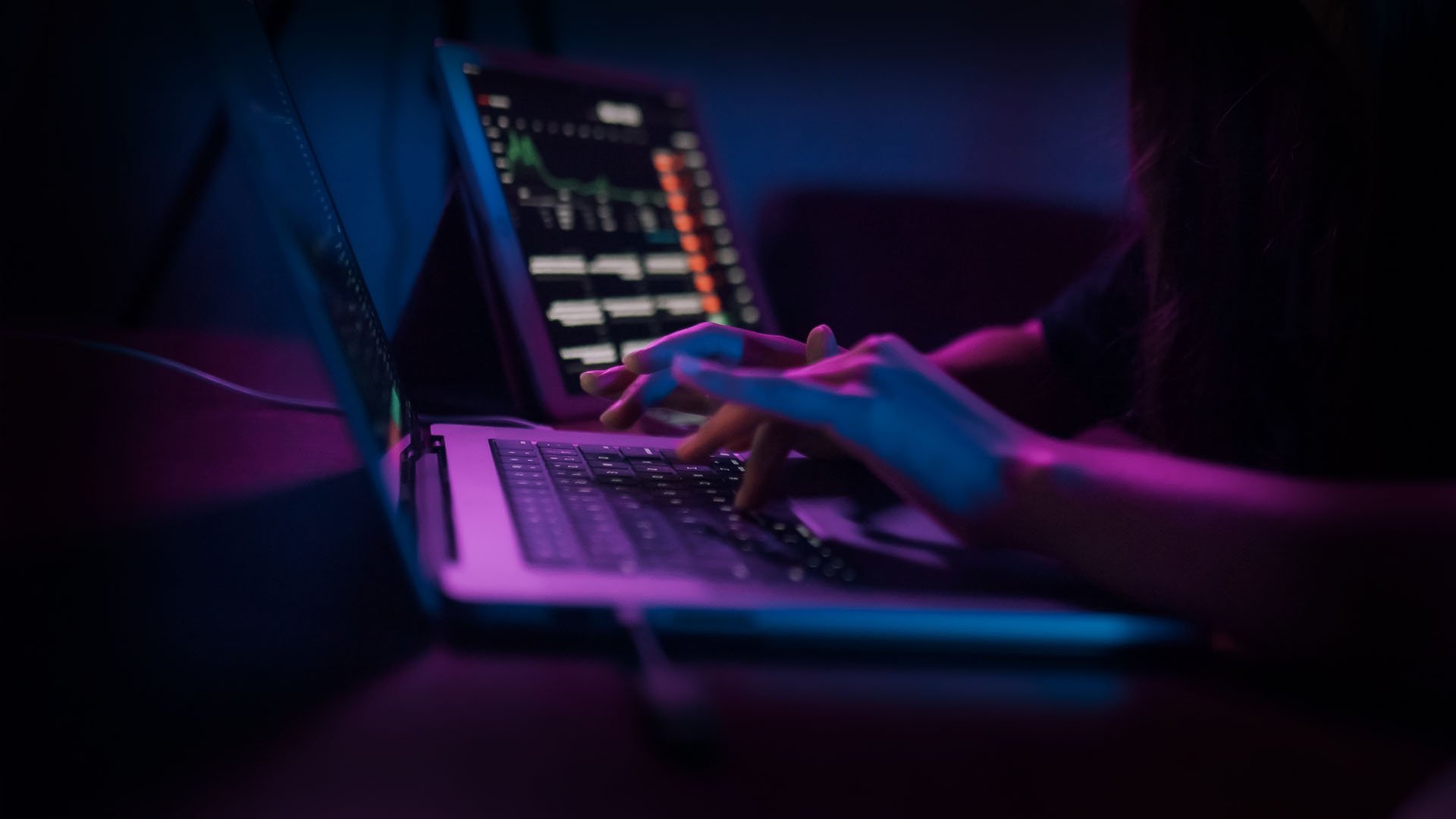When a scammer recently used generative AI to clone U.S. Secretary of State Marco Rubio's voice and ping foreign ministers on an encrypted chat app, the hoax was unmasked within hours—but only through vigilance and luck. The stunt has crystallized a broader worry: as deepfake tools get cheaper and better, any politician can be puppeted, and any voter can be fooled.
This article looks at how widespread the danger of deepfakes in politics is, what headline cases teach us, which counter-measures are emerging (and contested), and how democracies can build long-term resilience.
How widespread is the deepfake problem?
Predictions of a "deepfake apocalypse" in 2024 never quite came true. Post-election audits found that traditional tricks like cheaply edited "cheapfakes," miscaptioned clips, and recycled conspiracy theories still dominated the misinformation landscape, with only isolated genuine deepfakes appearing in U.S. campaigns.
Cheapfakes still dominate because they're cheap: slowing a video or splicing a sentence requires little to no AI skill, yet can go viral if it confirms existing biases. In summer 2024, for instance, campaigns friendly to Governor Ron DeSantis circulated a doctored clip that appeared to show Donald Trump insulting Iowa governor Kim Reynolds, created with very basic AI alterations rather than a sophisticated deepfake.
Analysts at Harvard's Ash Center argue that focusing exclusively on shiny new AI threats risks obscuring these low-tech manipulations that remain more common and arguably more influential.
Still, the raw numbers on deepfakes are sobering: a U.K. government study projects eight million deepfakes will circulate online in 2025, up from roughly 500,000 in 2023. While not all these deepfakes are necessarily related to politics, it still shows an exponential surge in the creation and distribution of AI-generated falsehoods.
And the truth is, we humans simply aren't ready to deal with the growing scale and sophistication of deepfake videos. Controlled experiments show ordinary viewers spot AI-generated audio or video only about half the time—no better than chance. That weakness isn't just a danger in spotting disinformation; it can degrade the trust in real footage and audio and make it all too easy to dismiss things as "fake news."
Even when deepfakes fail to change votes directly, researchers warn they still pollute the information environment by flooding feeds with noise and eroding the public baseline of trust. In an era when seeing is no longer believing, suspicion becomes the default.
High-stakes impersonations: lessons from recent incidents
Rubio's phantom diplomacy
The Rubio caper showed how voice cloning can become a tool of state-level espionage. The impostor spoofed an official-looking email address and scheduled calls with diplomats on Signal, hoping to siphon sensitive details before staff grew suspicious.
The Biden robocall
In January 2024, thousands of New Hampshire Democrats received a robocall that sounded just like President Biden urging them to skip the primary. The deepfake cost its creator about a dollar and 20 minutes yet led to a $6 million FCC fine and felony charges, and prompted a nationwide ban on AI voices in robocalls.
Deepfakes on the world stage
A garbled video of Ukraine's President Volodymyr Zelenskyy surrendering to Russia made headlines in 2022. It didn't fool many, but the incident revealed how wartime psy-ops can weaponize synthetic media.
In 2024, U.S. indictments alleged that Moscow's wider "Doppelgänger" campaign blended deepfakes with look-alike news sites to push pro-Kremlin narratives during Western elections.
A parody ad that cloned Vice President Kamala Harris's voice went viral after Elon Musk reposted it without context to his more than 100 million followers, reigniting debate about platform responsibility.
India's 2024 contest saw AI-generated sexualized images used to harass female politicians and journalists, an abuse vector that rarely makes headlines yet does lasting damage.
Navigating the legal and technological minefield
America's patchwork response
With U.S. Congress stalled on AI regulations, states are filling the vacuum. In June 2025, Pennsylvania's House unanimously passed a bill banning undisclosed deepfakes in campaign ads and levying stiff civil penalties, joining at least 14 other states. A bipartisan coalition in the Senate is meanwhile advancing the NO FAKES Act, which would create a federal right over one's likeness and expose platforms to liability if they ignore takedown demands.
Civil liberties groups also fear a slippery slope toward deputizing social platforms as truth police, claiming it could infringe on First Amendment rights. If future laws make companies liable for every undetected deepfake, they may over-remove borderline content or demand users prove authenticity before posting, thereby chilling grassroots speech.
Meanwhile, state-by-state rules create jurisdictional whiplash: a video lawful parody in California might trigger fines in Pennsylvania, complicating compliance for national campaigns.
European watermarking and Denmark's bold move
The EU's landmark AI Act, adopted in March 2024, mandates that synthetic media be clearly labelled or watermarked, pushing provenance-by-design. Denmark is going further: draft legislation introduced in June 2025 would give every citizen copyright over their face and voice, forcing platforms to remove unauthorized clones or pay heftily. While this is largely a form of identity threat protection, it extends to protections for politicians, making it much easier to take down misinformation.
Tech companies' voluntary accords
Twenty-seven major firms, including Google, Meta, and Microsoft, signed the Tech Accord to Combat Deceptive Use of AI at the 2024 Munich Security Conference, pledging watermarking, detection tools, and data sharing. Observers applaud the intent yet note that progress reports remain patchy and unenforceable.
On the engineering front, watermarking systems like Microsoft's Content Credentials now tag every Bing-generated image, while researchers refine forensic detectors that spot artifacts in eye reflections or audio frequencies.
The race is ongoing, as the sophistication of AI generation often outpaces detection.
A multidimensional defense: best practices
First, leverage existing laws. Fraud, impersonation, and defamation statutes already cover many malicious fakes. Tailoring these laws, rather than reinventing, avoids constitutional pitfalls. Targeting a narrow election window (60–90 days) for stricter rules focuses on genuine harms while preserving satire.
Second, invest in media literacy. Experiments show detection accuracy rises when viewers learn tell-tale signs, yet the untrained public still hovers near 50%. School curricula, public service ads, and "deepfake spotting" games can raise skepticism without drifting into nihilism.
Third, push transparency by default. Cryptographic provenance (embedded at capture or editing) helps verifiers trace content. Platforms should visibly label AI imagery, and campaigns can watermark authentic videos to set a high bar for impostors. The EU's rules should hopefully accelerate standardization.
Fourth, tighten identity proofing for officials. The Rubio affair proved the value of double-checking unexpected messages through verified .gov channels or callback numbers.
Finally, foster cross-sector collaboration. Threat intel should flow between governments, researchers, and platforms in near real-time. The Munich Accord was a start, but independent auditing must follow so companies can be held to their promises.
Every stakeholder has a role. Governments can fund open-source detection research; platforms can improve provenance tags and rapid response channels for campaigns; newsrooms can upskill fact-check desks; and civil society can crowdsource databases of known political deepfakes so repeat offenders find less fertile ground. The aim is a defense-in-depth posture that grows stronger with each attempted hoax.
Cybersecurity and emerging tech: NATO looks ahead
Another notable angle in NATO's evolving cyber doctrine is its attention to emerging technologies, especially AI, as well as others, such as quantum computing and autonomous systems. The alliance is laying the groundwork for future-proofing cyber defense through innovation. At the recent Washington Summit, officials highlighted that these technologies will reshape threat models, attack vectors, and defense logistics in profound ways.
The NATO Innovation Fund and the Defence Innovation Accelerator for the North Atlantic (DIANA) are actively investing in startups and R&D hubs focusing on secure AI, post-quantum cryptography, and next-gen encryption models. These efforts signal that NATO aims to stay ahead of the technological curve rather than react to disruption after it arrives.
Cybersecurity proposals now explicitly mention ethical tech design and digital sovereignty—two ideas crucial to long-term security. The ability to secure supply chains, maintain software integrity, and minimize dependencies on adversarial technologies is central to NATO's broader cyber posture. This shift reflects not just a response to today's threats but a preemptive strategy for tomorrow's digital battlefield.
[RELATED: New from NIST: Securing the Software Supply Chain]
Deepfakes will keep getting better; democracy must get tougher. A balanced mix of smart regulation, robust tech standards, vigilant platforms, and a media-literate public can shrink the attack surface without sacrificing free expression.
The goal is not to stamp out every synthetic clip, as that battle is unwinnable. It's to ensure fake content cannot silently tilt elections or diplomacy. If we build resilience now, the next attempted Rubio-style hoax will be met with a collective shrug and a swift fact check, not a constitutional crisis.





